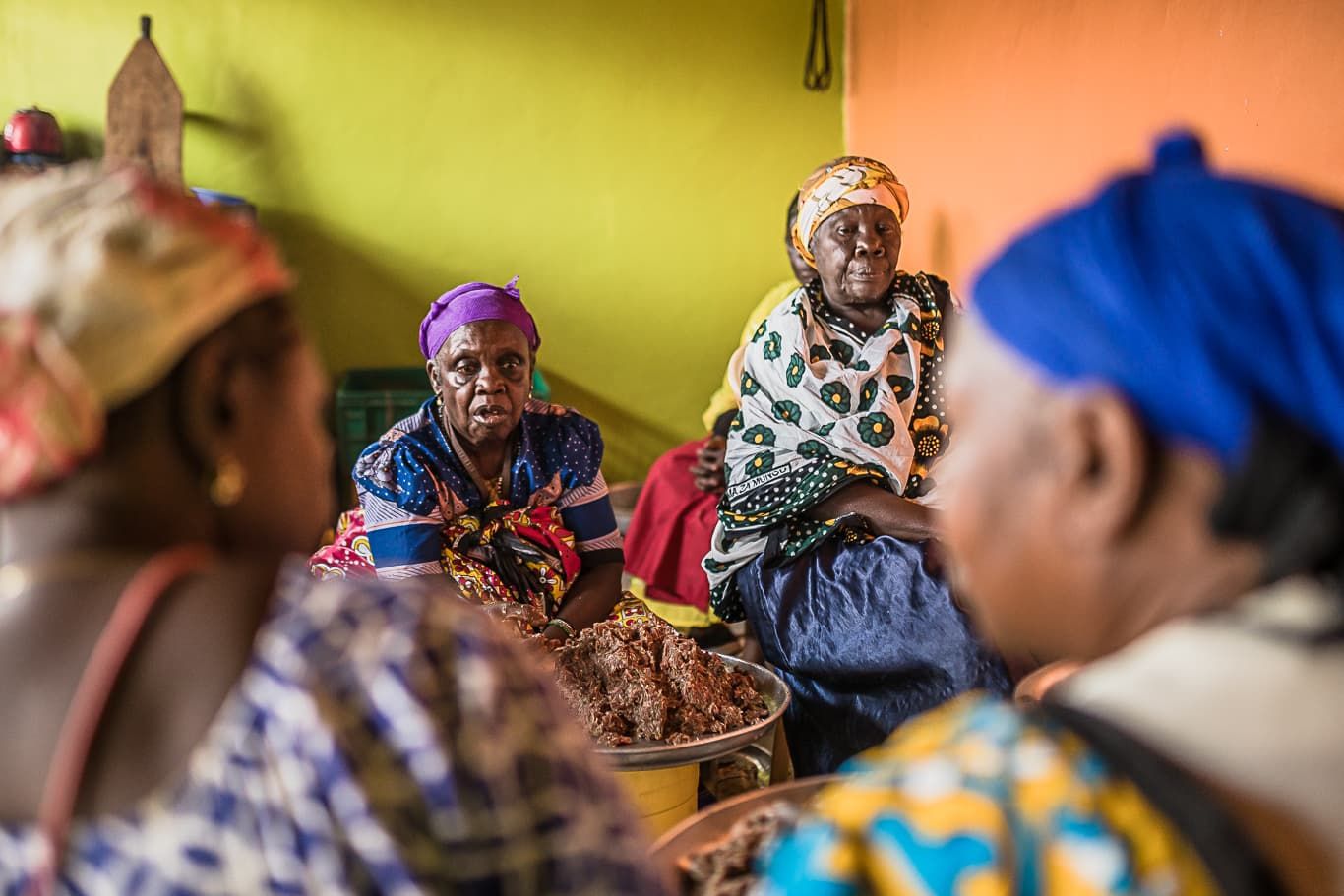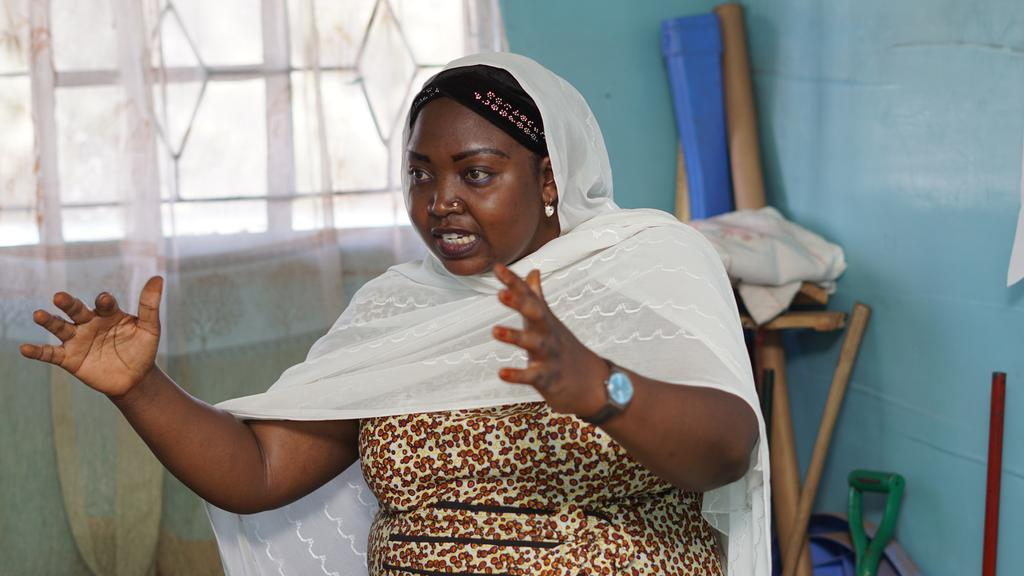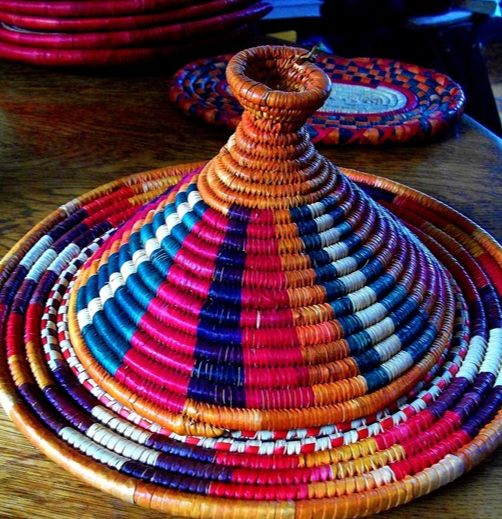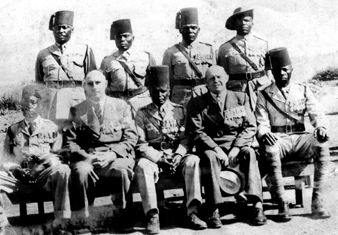Ramadan in Kibera
For Nubians, a minority ethnic group living in Kibera, Ramadan is a significant time of the year offering an opportunity to celebrate their religious identity and cultural diversity.

Source: Kibera Stories
As the sun sinks past sprawling tin-roofed houses in the Kibera slums, an area five Kilometers from Kenya’s capital, Nairobi, the neighborhood is vibrant with activity. Kids play along narrow alleyways, traders chat between transactions and cars hoot as residents rush home before the 9.00 PM curfew imposed by the government to curb the surge in COVID-19 infections. Near Makina Mosque, within the largest slum in Africa, the door to Malasen Hamida’s house is wide open.
Inside the house, her husband and children gather around a mat covered with large platters of food for iftar, the meal served at the end of the day during Ramadan. Malasen, is a tall, bubbly Nubian woman. Like many Nubians who live beyond the walls of her home, iftar is a communal affair. “Ordinarily, families gather at a central place often an open area with a variety of cuisines, to break the fast,” says Malasen, a community leader and conservation activist. Similarly, Nubian families leave the doors to their homes wide open as a sign of welcoming any individual to join the meal. But this year, families have had to forgo large social gatherings to curb the spread of COVID-19.

Photo Credit: Evelyn Makena
A variety of traditional Nubian delicacies are served during Iftar. Gurusa, a fermented flatbread similar to injera features on the menu. Another delicacy is Kissira a meal made of maize and wheat flour. During the Ramadan period, cereals including a variety of beans, green grams, and pigeon peas feature prominently in the menu. In most Nubian homes, meals served are covered in traditional food covers named Tabaga and Kuta; colorful items that had been transferred through generations and remain part of their decorative and culinary pieces.

Source: Tish Farell
“We break the fast with cereals and accompaniments that include sweet potatoes, arrowroot, and cassava. We also serve porridge to ease digestion” Adds Malasen. Nubians also serve an assortment of beverages including lemonade, tamarind, or hibiscus juice. Kofta, a delicious blend of meatballs made of lamb, beef, and chicken is another iftar favourite for Nubians. Lebere, traditional Nubian cornflakes is also a popular item on the menu. “Our forefathers were soldiers, and since they had no time to cook they ate cornflakes during war,” says Malasen. Today, Malasen and her family are enjoying Kofta served with rice as an accompaniment and hibiscus juice to wash down the meal.
Who are the Kenyan-Nubians?
In a slum estimated to have a population of more than 2 million people, the Nubians' way of life stands out. From the colourful handmade mats that grace their houses, the distinct traditional attire gurubaba and suk suk beaded ornaments worn around the neck, wrists, and ankles to their unique cuisine, Nubians guarded their cultural identity for almost 150 years after settling in Kenya. There are an estimated 100,000 Nubians in Kibera. Malasen, a fifth-generation Nubian, says that the number could be higher.
The Nubians were the original settlers of Kibera. Drawn from Sudan, Nubian soldiers were incorporated into the British colonial army to fight in East Africa in the 1850s. The soldiers formed the King’s African rifle and fought for the British during World War I and II. In 1917, the British set aside 4,197 acres of land in Nairobi for Nubians to settle. Nubians named the place Kibra meaning dense forest in Nubian. Without title deeds, Nubians never owned the land in any formal way. After Kenya gained independence in 1963, the government re-allocated the land for other use over time. For years, Nubians struggled to get formal recognition of plots they have lived on for generations and which they consider their homeland. Until in 2017 when the government issued title deeds to 288 acres of land allocated to Nubians.

Source: Unseen Art Scenes
Despite living in Kenya for years, Nubians still struggle to obtain national identity cards making it difficult to enjoy the rights of citizens. “It is puzzling that many youths are subjected to rigorous vetting processes to acquire IDs even though their parents and previous generations were recognized as citizens,” notes Malasen.
Celebrating Eid
Like every Ramadan, Malasen & her Nubian community, and other Kenyan Muslims wait for Eid Al Fitr. In the last 15 days before the end of Ramadan, Nubians decorate their homes as they wait for eid. “In previous years this exercise would involve painting and decorating the traditional mud houses, and some buy new furniture in preparation for eid,” says Malasen. Today, the Nubians are a minority and outnumbered by other tribes that later settled in Kibera. Yet, they have been consistent in upholding their ethnic values. This Ramadan, like many other previous ones, is a significant time of the year when Nubians celebrate both their religious and cultural identities.
